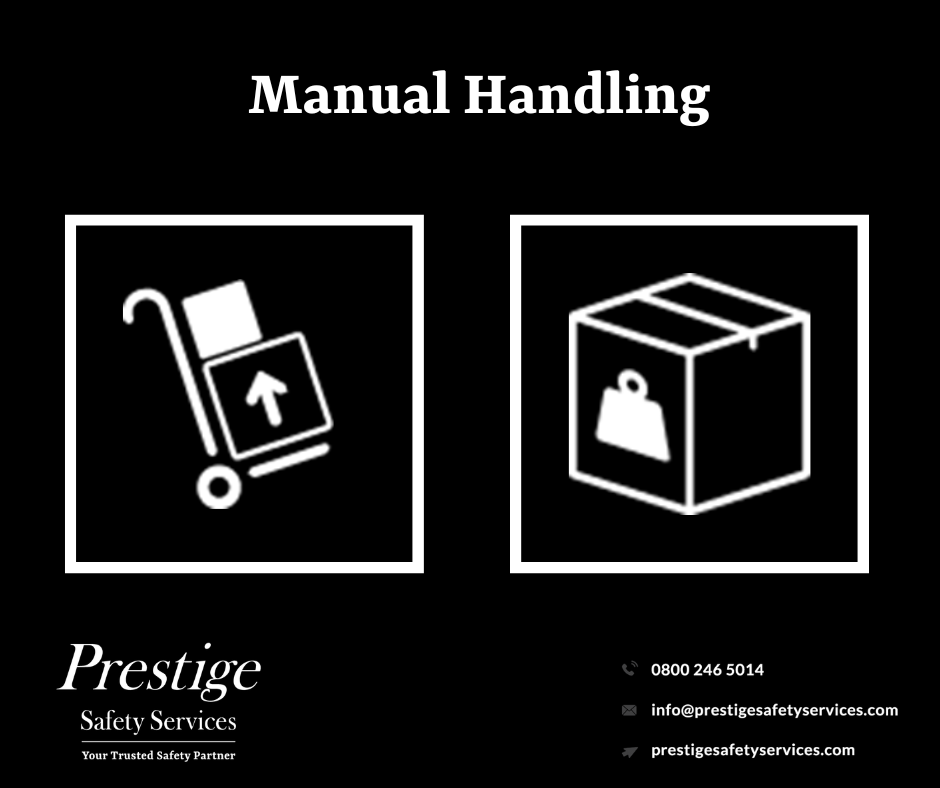In September the HSE will be undertaking construction site inspections, focusing on moving and handling construction materials.
The inspections will be checking employers and workers know the risks, plan their work and are using control measures to protect workers from injury and ensure that they do not have pain in their muscles, joints and bones know as musculoskeletal disorders (MSDS). These injuries can have a serious impact on workers ability to perform tasks, their quality of life and in serious cases their ability to stay in work and earn a living.
It is estimated that 42,00 construction workers reported suffering from musculoskeletal disorder, employers are required to provide their employees with training and health and safety information on manual handling injury risks and prevention to enable them to work safely. Also, construction workers need to recognise the long-term health risks when moving and handling materials on site.
HSE inspectors will visit construction sites across England, Scotland and Wales in September and October to check that workers’ health is being protected from the risks associated with moving and handling materials. They will look for evidence of employers and workers:
- Knowing the risks.
- Planning their work to eliminate or substitute the risks where possible.
- Using the right controls where elimination or substitution of the risks is not possible.
Why is manual handling important?
Manual handling is important as poor moving and handling practise can lead to back pain and musculoskeletal disorders, which can lead to inability to work. moving and handling accidents – which can injure both the person being moved and the employee. discomfort and a lack of dignity for the person being moved.
Assess manual handling you cant avoid and assess the risk of injury from any hazardous manual handling operations that cannot be avoided.
You should consider the task, the load, the working environment and individual capability, for example:
- the postures adopted
- how far the load is lifted, lowered or carried
- the frequency of the task
- the weight of the load
- the nature of the load (for example hot, sharp or slippery)
- cramped work areas
- poor floor surfaces
- poor lighting, extremes of temperature
- workers’ strength, fitness and underlying medical conditions (for example a history of back problems)
Also, look out for:
- workers breathing heavily and sweating
- workers who complain of excessive fatigue
- reluctance to do a particular task
- the availability of equipment to help with the lift
Some tasks will be low risk and will not need a formal assessment there are various tools available such as Manual Handling Assessment Charts, Variable Manual Handling Assessment Chart, the Risk assessment of Pulling and Pushing, Assessment of Repetitive tasks and checklists.
Ensure you consult your workforce in you risk assessment as they know the risks within the workplace.
Reducing The Risk
If manual lifting is the only option then to reduce the risk there are a few things that can be done:
- make the load smaller or lighter and easier to grasp
- break up large consignments into smaller loads
- modify the workplace to reduce carrying distances, twisting movements, or the need to lift things from floor level or above shoulder height
- change the work routine to avoid excessive work rates and tight deadlines
- improve the environment – more space, better flooring, extra lighting or changing the air temperature can make manual handling easier and safer
- make sure the person doing the lifting has been trained to lift as safely as possible
Manual Handling Training
Training can be important in raising awareness and reducing the risk but should be relevant to the type of work carried out.
Principles of Manual Handling Level 2 – The objective of the qualification is to benefit Learners through developing their understanding of the principles
of safe manual handling so they can apply what they have learned to their working environment and make their
practices safer the course is suitable for:
- Raising awareness about the importance of safe manual handling
- As an introduction to those starting work which may involve carrying out manual handling activities
- For those returning to work where manual handling activities may be required
- As safety refresher training


